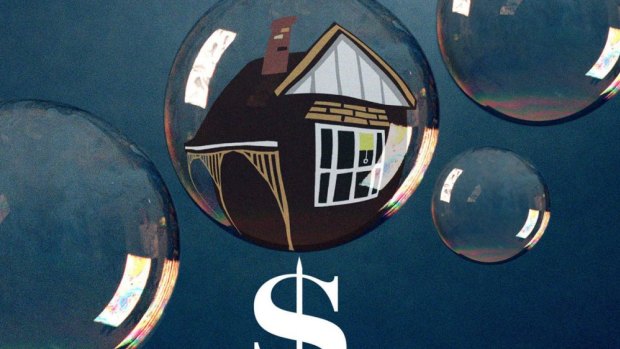
Inflation has fallen to 3.6 per cent in the year to March according to the latest figures from the Australian Bureau of Statistics.
In the first three months of the year inflation rose by 1 per cent, higher than the 0.6 per cent in the last three months of 2023, ABS head of prices statistics Michelle Marquardt said.

Price rises for school, rents and food drive inflation: ABSCredit: Judy Green
“While prices continued to rise for most goods and services, annual CPI inflation was down from 4.1 per cent last quarter and has fallen from the peak of 7.8 per cent in December 2022,” she said.
The main contributors to the March quarter increase in inflation were education, up 5.9 per cent, health (up 2.8 per cent), housing (up 0.7 per cent) and food and non-alcoholic beverages (up 0.9 per cent).
Education fees showed their strongest quarterly rise in 12 years, driven by a 6.5 per cent increase in tertiary education costs, while high school education costs rose by 6.1 per cent.
The increase in housing inflation was again driven by rents, which rose by 2.1 per cent, and new home purchases by owner occupiers (up 1.1 per cent).
“Rental prices rose 2.1 per cent for the quarter in line with low vacancy rates across the capital cities. Rents continue to increase at their fastest rate in 15 years,” Marquardt said.
The increase in food and non-alcoholic beverage prices was driven by beverages (up 3.4 per cent) and fruit and vegetables (up 2.5 per cent), partially offset by meat and seafood prices which fell by 0.7 per cent.
“Meat and seafood prices fell this quarter as increased supply and discounting led to price drops for beef and veal and lamb and goat. Discounting of fish and other seafood and other meats also contributed to the fall,” Marquardt said.



























